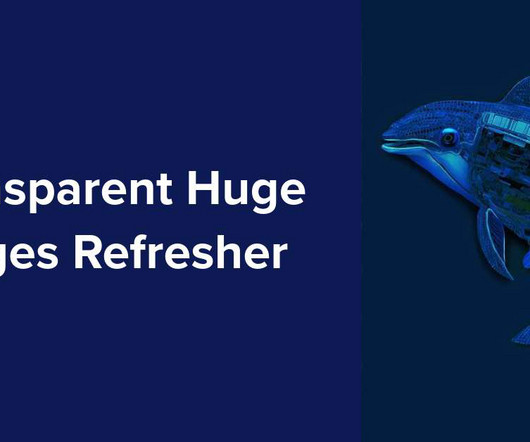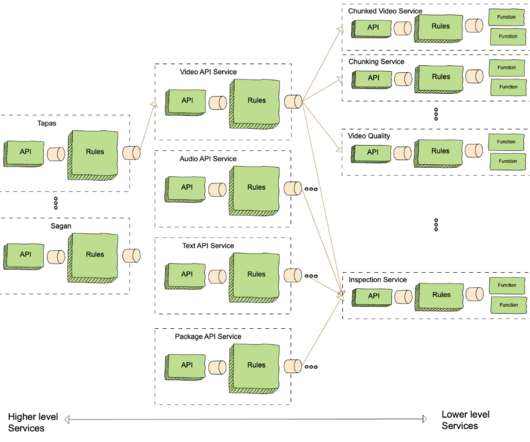DevOps automation: From event-driven automation to answer-driven automation [with causal AI]
Dynatrace
JULY 24, 2023
In the world of DevOps and SRE, DevOps automation answers the undeniable need for efficiency and scalability. The evolution of DevOps automation Since the concept of DevOps emerged around 2007 and 2008 in response to pain points with Agile development, DevOps automation has been continuously evolving.





















Let's personalize your content